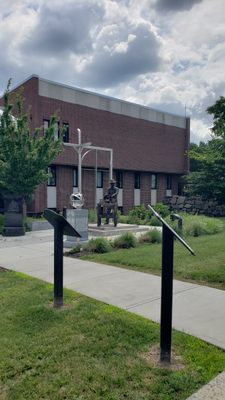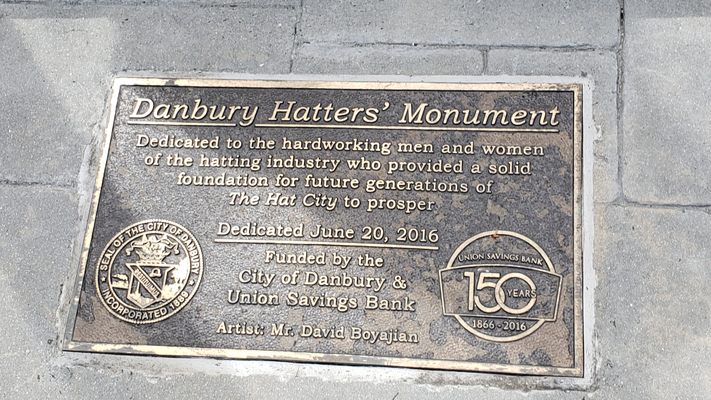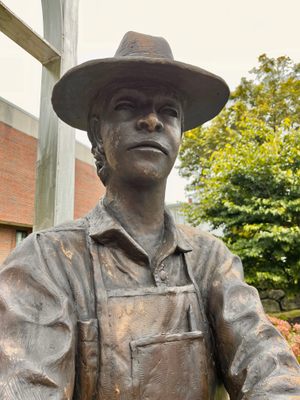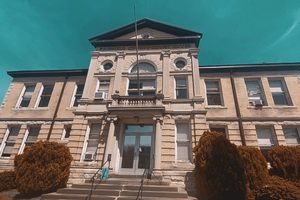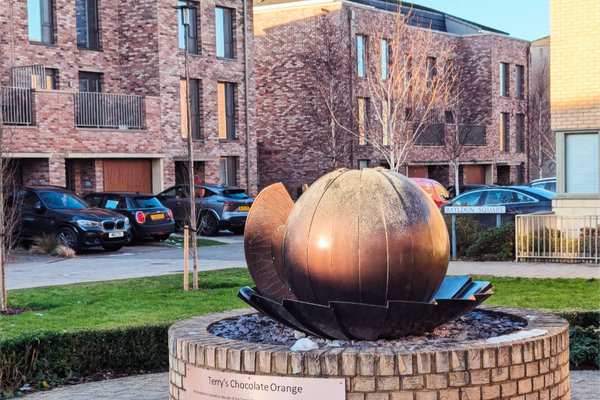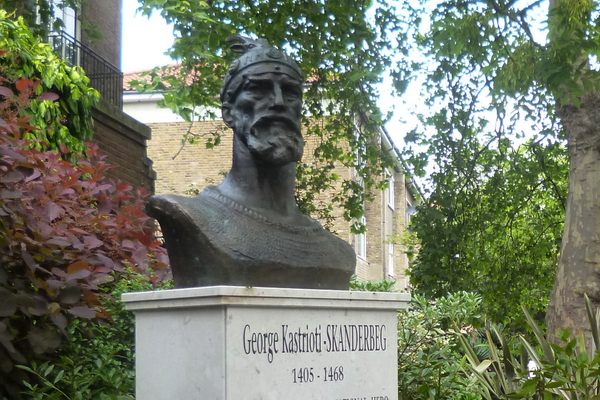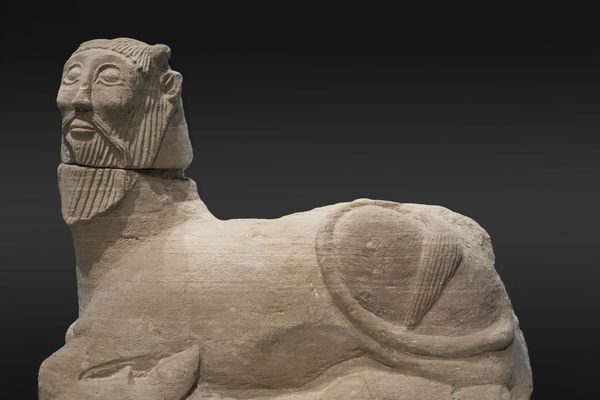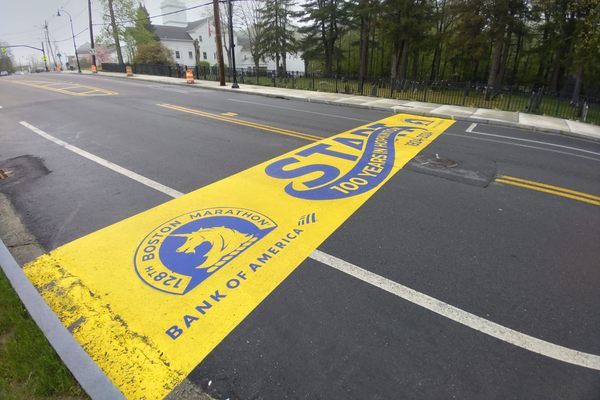About
In the late 18th-century, a man named Zadoc Benedict discovered a process for matting animal furs together to make felt, which he molded into hats. He developed a small hat-making business in the Connecticut town of Danbury and was soon joined by other hatters, who expanded beyond felt to manufacture hats composed of wool and silk. The industry soon blossomed in the city. From the 1850s to the end of World War II, Danbury was known as the “Hat City of the World."
Unfortunately, the city also became known for a physical and neurological condition among its factory workers colloquially called the “Danbury Shakes.” This was caused by chronic exposure to mercury used in the hat-making process. Studies conducted during the 1920s, along with massive protests from hatter unions led to a ban on mercury in the hatting process in 1941.
The Hat Maker statue created by David Boyajian, an artist and adjunct professor at Western Connecticut State University, was commissioned by a local bank to commemorate their 150th anniversary. It was also designed to celebrate the important role hat-manufacturing played in the development of Danbury.
Related Tags
Know Before You Go
The statue is located on the grounds of Danbury City Hall.
Community Contributors
Added By
Published
August 18, 2020
Sources
- https://dailyvoice.com/connecticut/danbury/neighbors/danbury-pays-tribute-to-the-past-as-it-unveils-hat-maker-monument/667534/#:~:text=The%20statue%20was%20commissioned%20by,Boughton%20said%20at%20the%20ceremony.
- https://www.newenglandhistoricalsociety.com/mad-hatters-danbury-conn/
- https://connecticuthistory.org/the-danbury-hatters/





